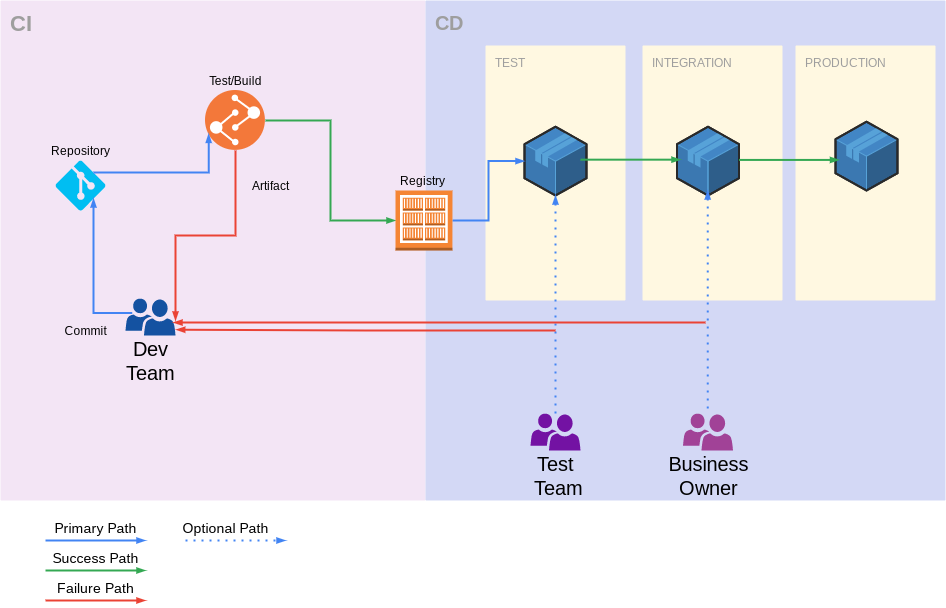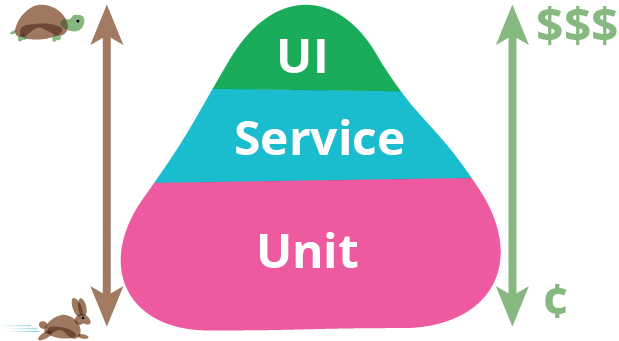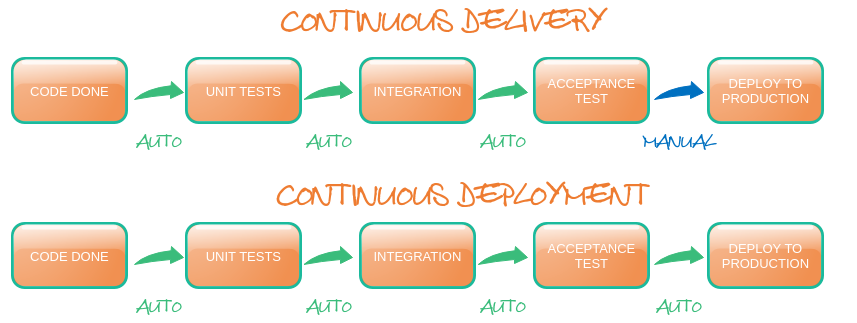Identity and Access Management (IAM) is a business process infrastructure for managing electronic or digital identities.
This infrastructure includes the organisational rules for managing digital identities, as well as the technologies needed to support this management.
With IAM technologies, IT managers can control user access to their organisations’ critical information. IAM products provide role-based access control, which allows administrators to regulate access to systems and networks based on each user’s role in the organisation.
In this context, access refers to a user’s ability to perform a specific task, such as viewing, creating or modifying a file. Roles are defined according to competence, authority and responsibility within the organisation.
Systems used for identity and access management include single sign-on (SSO), multi-factor authentication and access management. These technologies also provide the ability to securely store identity and profile data, as well as data governance features to ensure that only necessary and relevant data is shared.
These products can be deployed on-premises, delivered by an external provider via a cloud subscription model or deployed in a hybrid cloud.
Identity and access management functionality requirements
Identity and access management systems must include all the controls and tools needed to capture and store user login information, administer the enterprise database of user identities, and manage the assignment and removal of access privileges. The aim is to provide a centralised directory service that can both monitor and track all aspects of the enterprise user base.
In addition, IAM technologies should simplify the process of provisioning and configuring user accounts, including reducing the time it takes to complete these processes through a controlled workflow that minimises the risk of error and misuse, and allowing automated processing of accounts. Administrators must also be able to view and change access rights instantly.
Identity and access management systems must also strike the right balance between speed and automation of their processes and the control given to administrators to manage and modify access rights. Therefore, to manage access requests, the centralised directory requires an access rights system that automatically associates job titles, entity identifiers and employee locations with the relevant privilege levels.
Multiple levels of analysis can be included in the form of workflows to validate each request. In this way, the configuration of appropriate control processes and the review of existing rights are simplified, so as to avoid privilege proliferation, i.e. the gradual accumulation of access rights that exceed the needs of users in the course of their work.
Finally, IAM systems should provide flexibility in the creation of groups with specific privileges for specific roles, in order to consistently assign access rights in relation to employees’ functions. It is also about providing request and approval processes for changing privileges, as employees with the same responsibilities and working in the same location may need slightly different and therefore customised access.
Benefits of identity and access management
IAM technologies can be used to set up, capture, record and manage user identities and associated permissions in an automated manner, ensuring that access privileges are granted according to a single rule interpretation and that all users and services are properly authenticated, authorised and verified.
By properly managing identities, organisations can better control user access and reduce the risk of internal and external data breaches.
Automated IAM systems increase efficiency by reducing the amount of effort, time and money spent on managing access to their networks, either manually or through individual access controls that are not linked to centralized management systems.
Using a common platform for identity and access management allows the same security policies to be applied across the various devices and operating systems used by the organisation. From a security perspective, the use of an IAM infrastructure can facilitate the enforcement of user authentication, validation and authorisation policies, as well as address privilege proliferation issues.
Implementing identity and access management tools in accordance with associated best practices can provide a competitive advantage.
For example, IAM technologies enable the organisation to grant external users (customers, partners, contractors and suppliers) access to its network through mobile, on-premise and on-demand applications without compromising security. This increases collaboration, productivity and efficiency and reduces operating costs.
On the other hand, poorly controlled identity and access management processes can lead to regulatory non-compliance, because in the event of an audit, business leaders will have difficulty proving that company data is not at risk of misuse.
IAM systems help companies to better comply with legislation by enabling them to show that their data is not being misused. In addition, with these tools, companies can demonstrate that they are able to make data available for audit on demand.
Business benefits of IAM
It can be difficult to get a budget for IAM projects, as they do not directly translate into profitability or operational gains. However, ineffective identity and access management carries significant risks, both in terms of compliance and the overall security of the organisation. Indeed, such poor management increases the likelihood of significant damage should external and internal threats materialise.
Administration processes have always been necessary to ensure the smooth flow of business data while managing access. However, as the business IT environment has evolved, so have the challenges, including destabilising new trends such as the use of personal devices (BYOD), cloud computing, mobile applications and increasing employee mobility. There are more devices and services to manage than ever before, with varying requirements for access privileges.


